Norse Mythology by Neil Gaiman: An Overview
Neil Gaiman’s “Norse Mythology” presents a accessible retelling of classic Norse tales․ Gaiman remains faithful, yet infuses his unique storytelling․ The book explores gods, giants, and the world’s creation․
Neil Gaiman’s “Norse Mythology” serves as a captivating entry point into the rich tapestry of Norse myths․ Gaiman, already known for blending mythology and fantasy, presents these age-old stories with his distinctive narrative voice․ He aims to make these myths accessible to a modern audience while respecting their core essence․ The book acts as a bridge, connecting readers to the world of Odin, Thor, Loki, and the other figures that populate the Norse cosmos․
Gaiman’s approach is not academic, but rather that of a storyteller, breathing new life into these narratives․ He presents the myths in a novelistic style, creating a cohesive storyline that begins with the creation of the nine worlds and continues through Ragnarok․ This approach allows readers to experience the myths not as isolated stories, but as interconnected events that shape the destiny of gods and mortals alike․ “Norse Mythology” is more than just a retelling; it’s an invitation to explore the themes, characters, and enduring power of Norse mythology through the eyes of a master storyteller․

Key Figures in Gaiman’s Norse Mythology
Gaiman’s narrative highlights key figures: Odin, wise Allfather; Thor, mighty God of Thunder; Loki, the cunning trickster․ These characters drive the myths forward with their complex relationships and interactions․
Odin: The Allfather
Odin, the Allfather, stands as the supreme deity in Gaiman’s “Norse Mythology,” embodying wisdom, cunning, and a relentless pursuit of knowledge․ He is depicted as the ruler of Asgard, a wise, daring and cunning king, he sacrifices much for the greater good․ Odin’s character is multifaceted, driven by both a thirst for understanding and a desire to protect his realm․
He is often portrayed with one eye, having sacrificed the other for a drink from Mimir’s well, granting him unparalleled wisdom․ Odin’s role extends beyond mere governance; he is a seeker of arcane secrets, a master of magic, and a pivotal figure in the unfolding of Ragnarok․ He is a complex character, wise, powerful, and flawed․ His decisions shape the destinies of gods and mortals․ He is a central figure, embodying leadership and sacrifice․
Thor: The God of Thunder
Thor, Odin’s son, is a prominent figure in Gaiman’s “Norse Mythology,” renowned for his immense strength and control over thunder and lightning․ He wields the mighty hammer Mjolnir, a symbol of his power and protection․ Though not the wisest of gods, Thor is fiercely loyal and dedicated to defending Asgard and Midgard from threats․
He is often depicted as a brawny, straightforward warrior, quick to anger but also quick to act in the face of danger․ Thor’s adventures are filled with battles against giants and monsters, showcasing his courage and unwavering commitment to justice․ Gaiman portrays Thor with a blend of humor and respect, highlighting both his strength and his vulnerabilities․ He is a contrast to Odin, powerful and direct;
Loki: The Trickster God
Loki, the trickster god, is a central and complex character in Gaiman’s “Norse Mythology․” He is Odin’s blood brother, yet a giant’s son, existing on the margins of the Aesir․ Loki is a master of manipulation, shapeshifting, and deception, often causing chaos and disruption in Asgard․
His motives are ambiguous, sometimes driven by malice, other times by boredom or a desire to test boundaries․ Gaiman portrays Loki with a nuanced understanding of his character, exploring his wit, intelligence, and his crucial role in Norse mythology․ Though he brings trouble, he is also instrumental in solving problems and obtaining valuable artifacts for the gods․ His actions ultimately lead to Ragnarok․
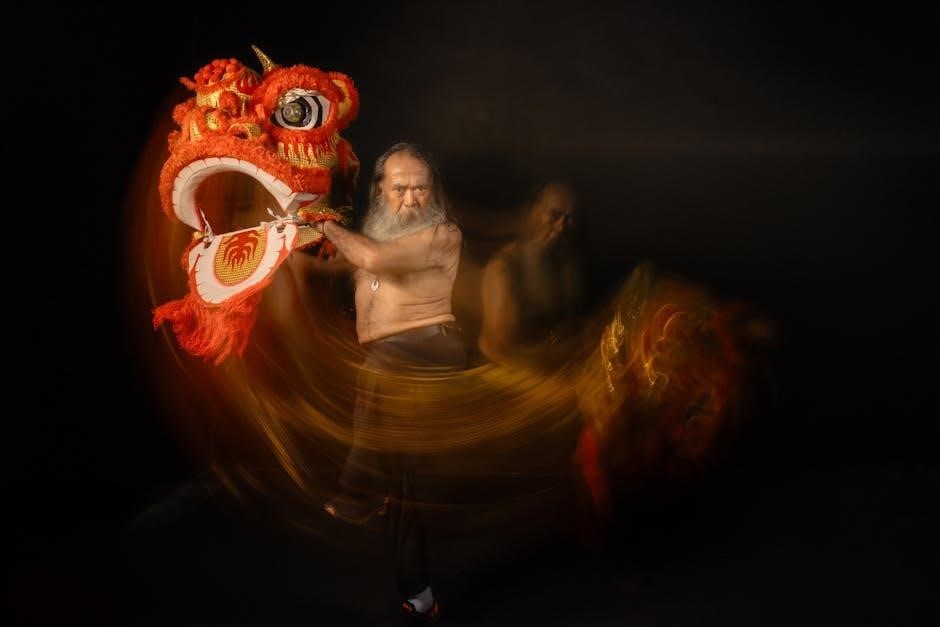
Gaiman’s Interpretation of Norse Myths
Gaiman stays true to the Norse myths, while adding his narrative flair․ He envisions the major Norse pantheon, capturing their essence․ He retells ancient stories, making them accessible and engaging․
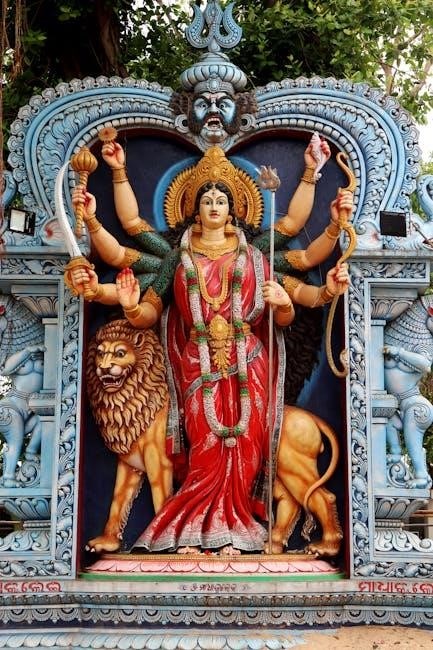
Staying True to the Myths
In “Norse Mythology,” Neil Gaiman demonstrates a commitment to staying true to the original myths․ He doesn’t drastically alter core narratives, instead focusing on presenting them in a clear and compelling manner for a modern audience․
Gaiman’s interpretation respects the source material, carefully considering the roles and relationships of key figures like Odin, Thor, and Loki․ He avoids excessive embellishment, ensuring the essence of the stories remains intact․
This dedication to authenticity allows readers familiar with Norse mythology to appreciate Gaiman’s nuanced understanding, while newcomers can easily grasp the fundamental aspects of these ancient tales․ He captures the spirit and tone of the source material․
By staying true to the myths, Gaiman provides an accessible gateway to the rich and complex world of Norse mythology, inviting readers to explore its timeless themes and enduring characters․ He honors the legacy of the Norse․
Novelistic Arc: Genesis of the Nine Worlds
Gaiman crafts “Norse Mythology” with a novelistic arc, beginning with the genesis of the legendary nine worlds․ This approach transforms individual myths into interconnected narratives, creating a more cohesive and immersive reading experience․
The book unfolds like a novel, with each story building upon the previous one, revealing the intricate relationships between gods, giants, and other beings within the Norse cosmos․ This structure allows readers to witness the gradual development of the world and its inhabitants․
By presenting the myths in a chronological order, Gaiman provides a clear sense of progression, from the primordial void to the eventual doom of Ragnarok․ This narrative arc enhances the emotional impact of the stories․
The novelistic structure also allows Gaiman to explore the underlying themes and motifs of Norse mythology in a more nuanced way․ The interconnectedness of the stories emphasizes the cyclical nature of creation and destruction, highlighting the importance of fate and destiny․
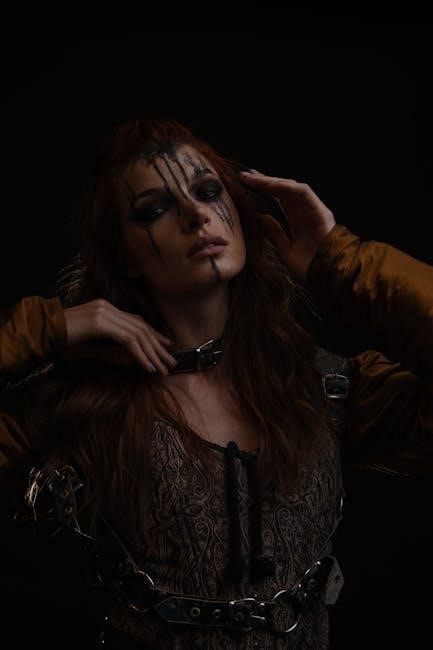
Themes and Influences
“Norse Mythology” explores themes of fate, courage, and sacrifice․ Gaiman’s work highlights the influence of Norse myths on modern storytelling, from fantasy literature to comics, showcasing their enduring appeal․
Norse Myths in Modern Storytelling
Norse mythology has deeply permeated modern storytelling across various media․ From literature and film to video games and comics, the influence of these ancient tales is undeniable․ Authors like Tolkien drew inspiration from Norse sagas․ These myths provide rich source material for themes of heroism, betrayal, and the struggle against fate․
Marvel Comics’ Thor is a prime example of popularizing Norse figures․ Game of Thrones also incorporates elements of Norse cosmology and societal structures․ These adaptations demonstrate the enduring appeal and adaptability of Norse mythology․
Gaiman’s own work, including “American Gods,” showcases his long-standing engagement with these myths․ The myths continue to inspire new generations of storytellers․ Their exploration of complex characters and epic conflicts ensures their place in contemporary narratives, enriching our cultural landscape․
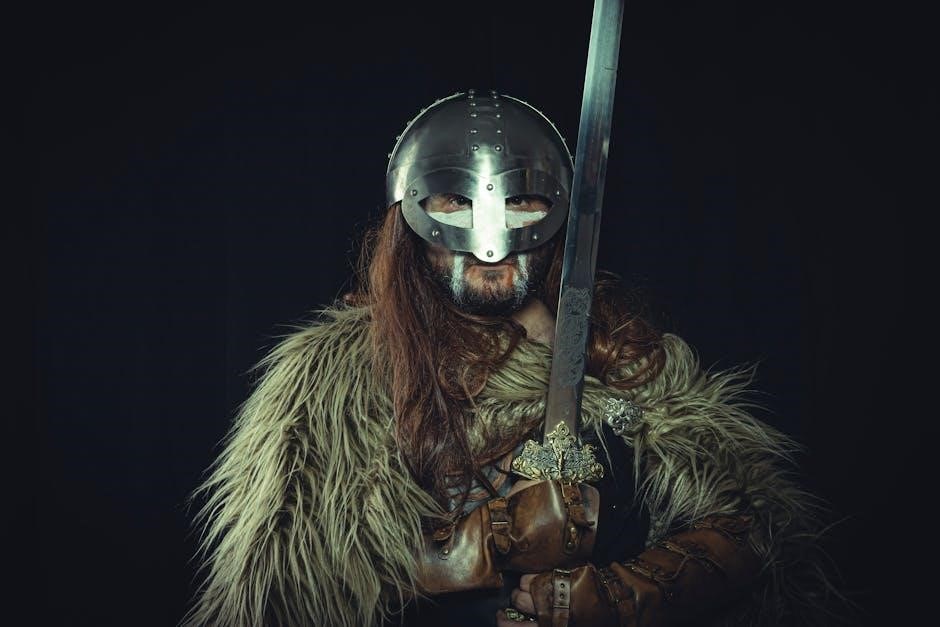
Availability and Formats
“Norse Mythology” by Neil Gaiman is available in various formats․ These include hardcover, paperback, ebook, and audiobook․ Readers can find it at major retailers and online platforms․
PDF Download Options
For readers seeking immediate access to Neil Gaiman’s “Norse Mythology,” the PDF download option presents a convenient alternative to traditional formats․ While official sources may offer the book for purchase as a PDF, numerous websites also provide unofficial downloads․
However, exercising caution when acquiring PDFs from unverified sources is crucial, as these downloads may infringe copyright laws or contain malware․ Prioritizing reputable platforms or authorized distributors ensures a secure and ethical download experience․
Readers should also be aware of the potential for lower quality in unofficial PDFs․ These versions may lack proper formatting, have missing pages, or contain errors introduced during the scanning or conversion process․ Choosing official sources or carefully vetting unofficial downloads helps guarantee a complete and accurate reading experience․
Old English Translation
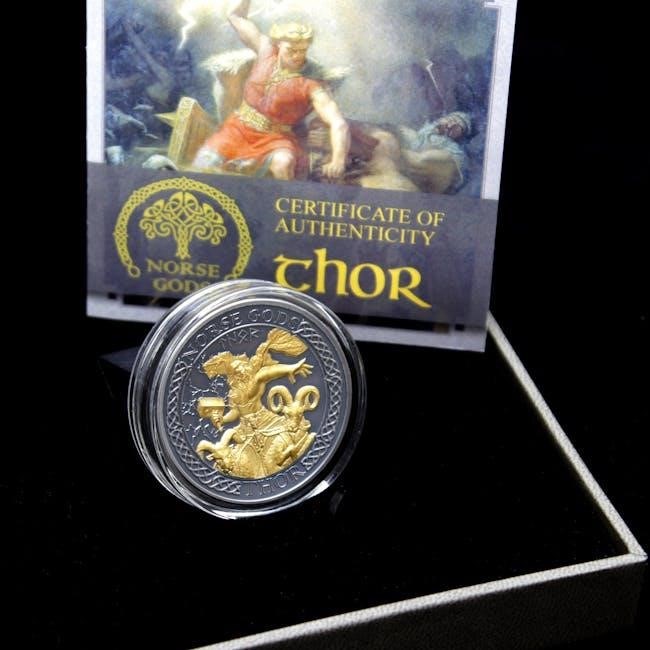
A unique endeavor involves translating Neil Gaiman’s “Norse Mythology” into Old English; This project, spearheaded by Ros Badcoe, Phyllis Wicks, Mike Taylor, Nigel Rumble, and Dean Easton, offers a fascinating perspective․ The translation aims to capture the essence of the original Norse sagas, mirroring the language of the era․
This Old English rendition provides a deeper connection to the source material, allowing readers to experience the myths through a linguistic lens․ The translators meticulously recreate the style and vocabulary of Old English texts․ This version offers a more authentic immersion in the world of Norse mythology․
This translation was made with the permission of W․W․ Norton & Company․ It represents a significant contribution to Norse mythology scholarship․ It allows enthusiasts to explore the stories in a language closer to their origins․
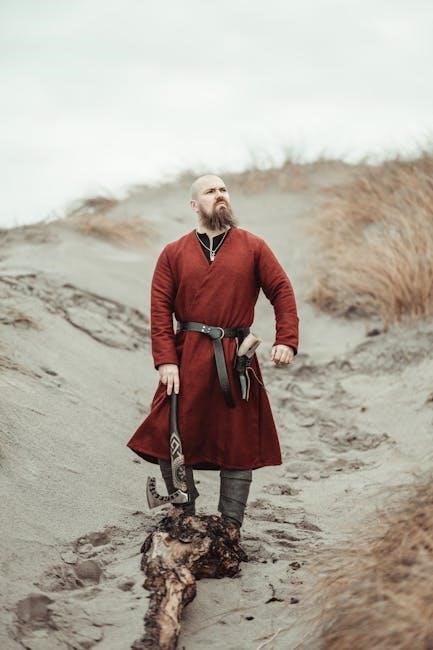
Critical Reception and Awards
Neil Gaiman’s “Norse Mythology” has garnered widespread critical acclaim since its release․ Reviewers praise Gaiman’s ability to make ancient myths accessible․ His engaging storytelling and faithful interpretations have resonated with a broad audience․ The book has been lauded for its clarity, humor, and respect for Norse traditions․
Critics appreciate Gaiman’s skill in crafting a cohesive narrative․ He weaves together individual myths into a compelling overall story․ “Norse Mythology” has received numerous positive reviews from literary publications․ It has also appeared on several bestseller lists, solidifying its popularity․
While specific awards aren’t explicitly mentioned in the provided context, Gaiman’s prior works have earned prestigious accolades․ Given the book’s positive reception, it’s reasonable to assume it has been considered for various awards․ The book’s success speaks volumes about its quality and impact․
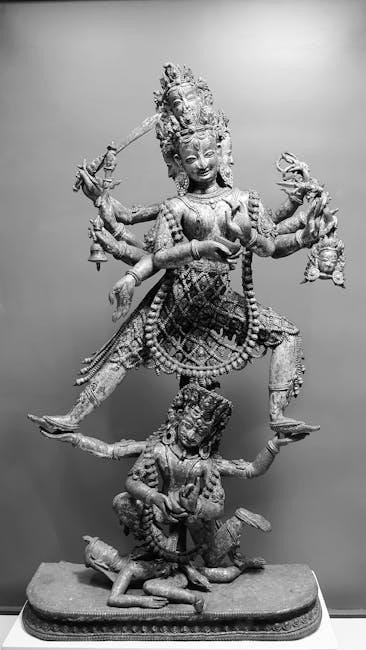
Gaiman’s Inspiration and Previous Works
Neil Gaiman’s fascination with mythology extends to previous works like “Sandman” and “American Gods․” Norse mythology inspired him, contributing to his unique storytelling style and fantastical world-building elements․
Influence of Norse Mythology on Gaiman’s Works
Norse mythology has profoundly shaped Neil Gaiman’s literary landscape, weaving its threads through his diverse works․ Before dedicating an entire book to these ancient tales, Gaiman subtly incorporated Norse elements into his earlier narratives, particularly “Sandman․” Characters like Odin, Thor, and Loki made appearances, demonstrating his long-standing interest․
The influence extends beyond mere cameos; the themes of fate, destiny, and the cyclical nature of existence, central to Norse cosmology, resonate in Gaiman’s broader oeuvre․ “American Gods,” perhaps, is the most apparent example, where deities from various pantheons, including the Norse, struggle for relevance in the modern world․
Gaiman’s engagement with Norse mythology enriches his storytelling, lending depth and complexity to his narratives․ His understanding of these myths allows him to craft compelling characters and explore universal themes of power, sacrifice, and the enduring human spirit․

Norse Mythology: A Summary
Neil Gaiman’s “Norse Mythology” offers a captivating and accessible retelling of the classic Norse myths․ The book begins with the genesis of the nine worlds, exploring the creation of the cosmos and the emergence of gods, giants, and other mythical beings․ Central figures like Odin, the wise Allfather; Thor, the powerful god of thunder; and Loki, the cunning trickster, are brought to life with vivid detail․
Gaiman skillfully weaves together various tales, including the forging of Thor’s hammer, the acquisition of Odin’s wisdom, and the many schemes and pranks of Loki․ The narrative culminates in Ragnarok, the prophesied twilight of the gods, depicting the epic battle that leads to the destruction and eventual rebirth of the world․
Throughout the book, Gaiman remains faithful to the spirit of the original myths, while adding his unique narrative voice, making these ancient stories relevant and engaging for modern readers․ “Norse Mythology” is a comprehensive and entertaining introduction to a rich and fascinating mythological world․
